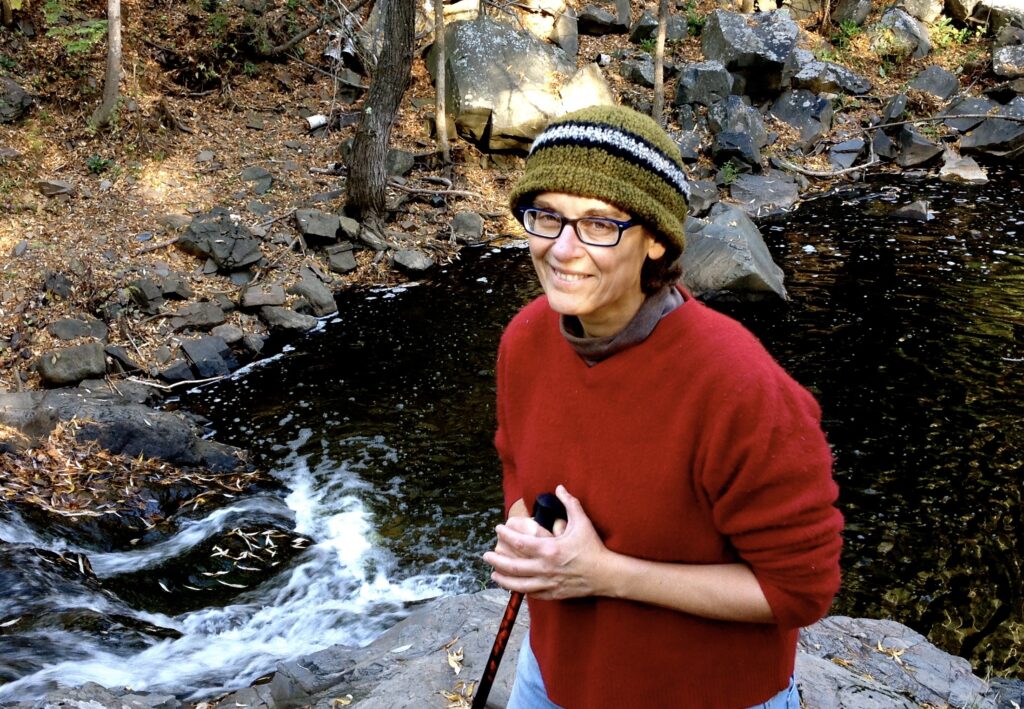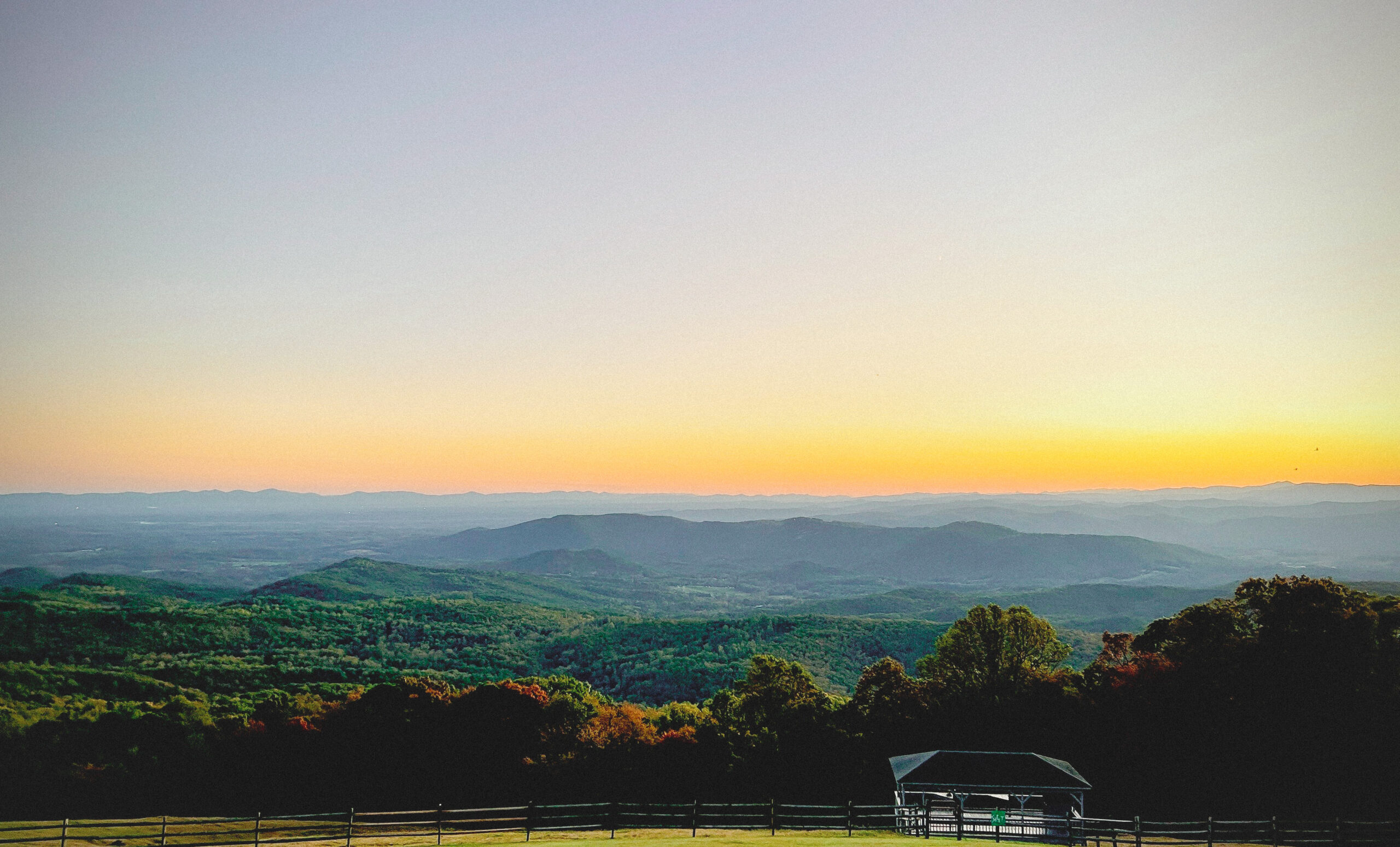
At Shawnee Street Media, we’re all about creating story-centered marketing for values-driven businesses and organizations. If your focus is doing good while doing well, we want to work with you to develop high-quality, high-impact multimedia content marketing and strategy.
Michelle Johnson | Principal Creative

